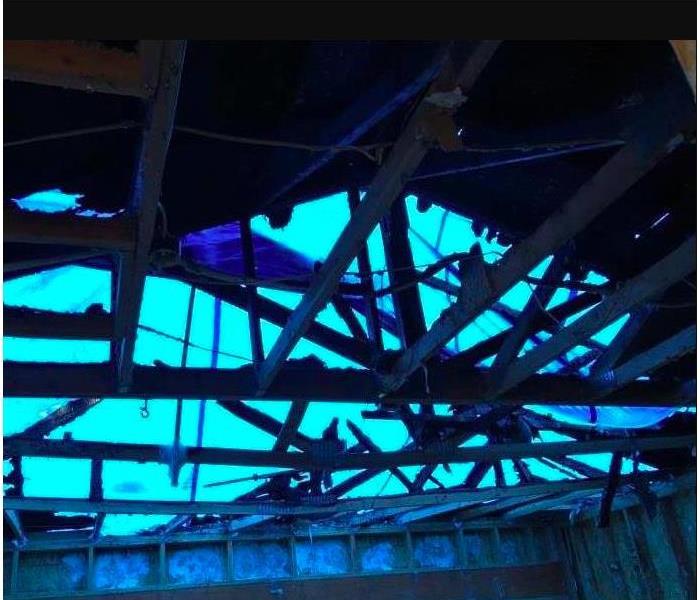5 Steps for Cleaning Storm Damage Before Your Adjuster Arrives
6/8/2022 (Permalink)
Before your adjuster arrives, follow these 5 steps to clean up storm damage.
After a big storm, the devastation can be significant. Your St. George, UT, property may have tree limbs down, roof damage and water damage. Whatever the case, cleanup needs to begin immediately to avoid additional damage. It's helpful to have flood insurance, especially if you live in an area prone to flooding. Many people don't realize that this is not a standard part of a homeowners policy until it's too late. It's essential to follow these basic cleanup steps until the insurance adjuster arrives.
1. Evaluate the Damage
After a major storm, there could be several types of damage, inside and outside your home. Look for water damage inside, such as soaked flooring and wet drywall. Outside, inspect for damaged or missing shingles, damaged gutters, and cracked windows.
2. Take Photos of the Flood Damage
Take photos of the damage as soon as possible. These photos will be helpful to your insurance company when you file your claim.
3. Mitigate the Loss
You must begin mitigating the damage before the storm damage restoration specialists arrive. Your flood insurance company requires you to take any action possible to avoid more damage. This could include tarping holes in the roof and boarding up broken windows.
4. Extract the Water
If you have standing water in your home, it's crucial to eliminate the water and moisture as soon as you can do so safely. Every second counts when it comes to water damage. The best way to extract it quickly is to use a wet/dry vacuum.
5. Dry the Area
The area must be completely dry to prevent mold damage. Use dehumidifiers, fans, heaters, and fresh air to eradicate the excess moisture.
After a significant storm, your flood insurance adjuster may take a while to arrive on the scene. While you're waiting, these five steps are critical in preventing subsequent loss.






 24/7 Emergency Service
24/7 Emergency Service
